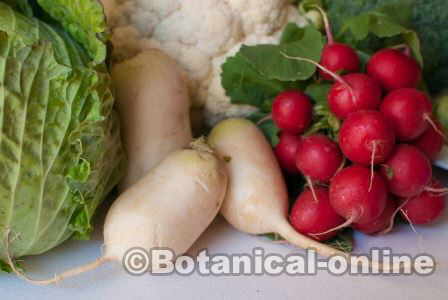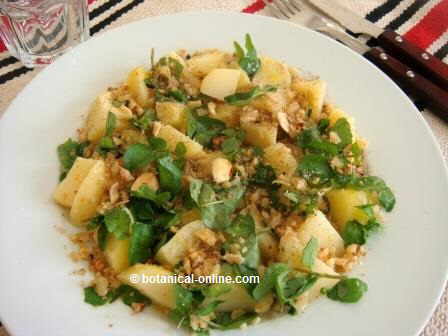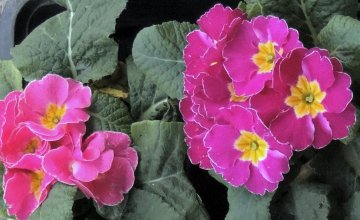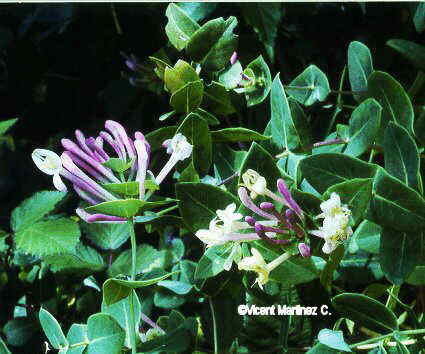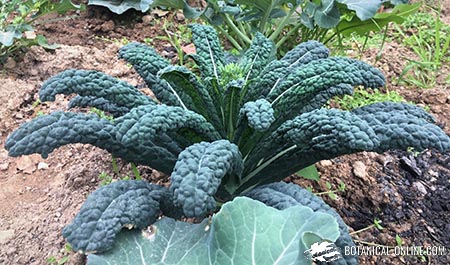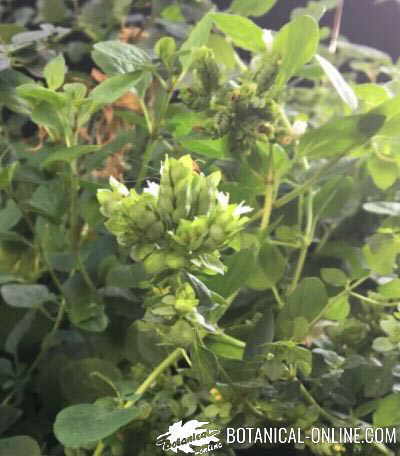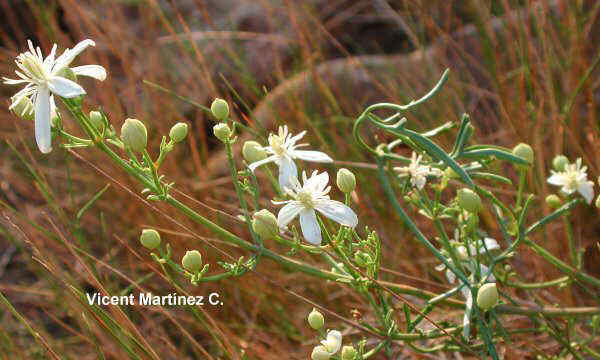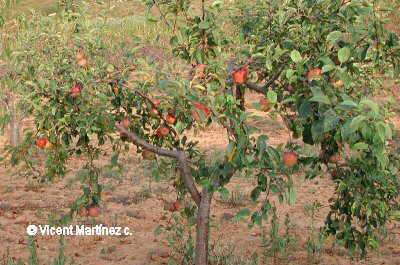Contents [show]
How to grow common rue
What is a common rue?
Rue, common rue or herb-of grace is an aromatic evergreen shrub plant up to 150 cm tall.
Stems erect, branched.
Yellowish-green, fleshy leaves very divided and equipped with glands that give it its distinctive odor not overly friendly.
Flowers up to 2 cm with slightly serrated petals. Fruit in capsule.
It blooms from May to September, being the summer the time when it is in full bloom.
Rue watering
Water when transplanting or direct seeding. In times of vegetative growth it is desirable to maintain a regular but moderate watering
Uses of rue
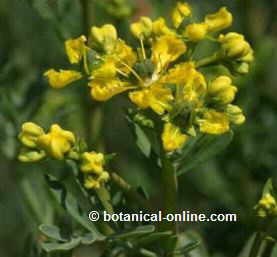
Common rue flower detail
It grows in Mediterranean drylands, next steep lopes and walls. Sometimes cultivated as a garden plant, it can be found near houses.
It can be grown in many gardens as a medicinal plant home and for the pharmaceutical industry or cosmetics industry.
It is a very toxic plant whose handling must be done very carefully, as some people are allergic to its contact.
Common rue exposure
Common rue should be planted in the sun or partial shade. Although it endures frost with temperatures of -15 ° C, it prefers more temperate or warm climates.
It is a plant that needs to be protected from the wind and cold.
Common rue reproduction
From seeds prepared in hot hotbed during the winter. Transplant in mid-spring.
Seeds planted directly by mid-spring to mid-summer transplanted or early autumn.
You can also reproduce by cuttings or seedlings sprouted from the mother plant.
Care and maintenance of common rue
Remove weeds and remove soil to keep it always loose.
Formation pruning in the middle of spring and whole pruning to the ground every 4 years for the birth of new shoots. This way you can get copies with a duration of between 5 and 10 years.
The main pests are white fly or the appearance of mites.
Soil and fertilizer for common rue
Dry calcareous soil with gravel or stones, with a good drainage. It does not support too compact soils with clay.
Do not add manure. Fertilize with sodium nitrate, potassium sulfate and calcium superphosphate. The addition of sulfur is essential for the production of essential oil.
![]() More information on common rue.
More information on common rue.

